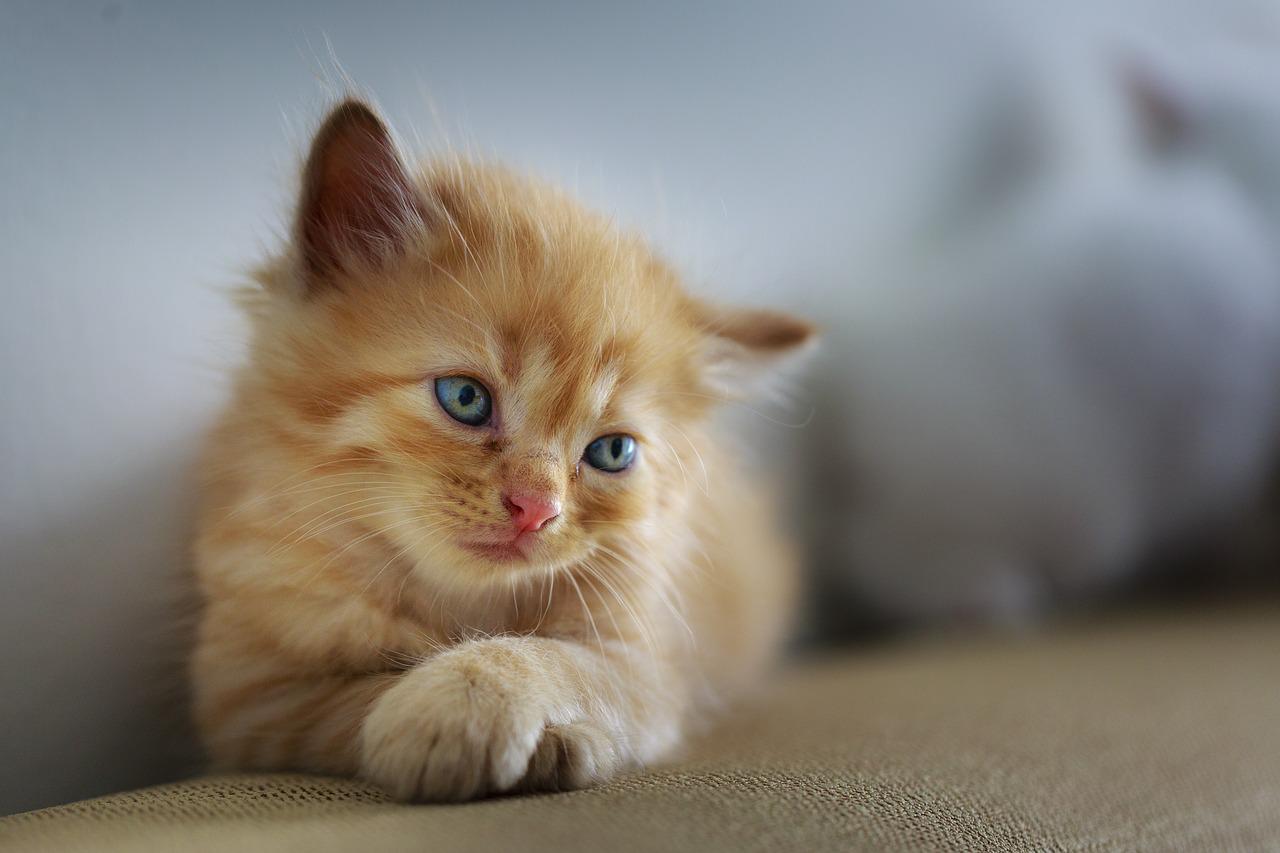Cats are curious creatures, often sniffing around human food with undeniable interest. As a pet owner, you might wonder: Can cats have bread? While sharing a bite with your feline friend can be tempting, the answer isn’t as straightforward as a simple “yes” or “no.” Let’s explore the safety, risks, and nutritional implications of feeding bread to cats.
Is Bread Safe for Cats?
Plain, baked bread in small amounts is generally not toxic to cats. Unlike chocolate, onions, or grapes—which are outright dangerous—bread doesn’t contain ingredients that immediately harm felines. However, this doesn’t mean bread is a healthy choice. Cats are obligate carnivores, meaning their bodies thrive on animal-based proteins, not carbohydrates. Bread offers little nutritional value for them and may lead to digestive issues like bloating or constipation if overeaten.
Hidden Risks in Bread
While plain bread isn’t inherently dangerous, certain types or ingredients pose risks:
- Raw Dough: Uncooked bread dough is a serious hazard. Yeast ferments in a cat’s warm stomach, producing alcohol and carbon dioxide. This can lead to alcohol poisoning, bloating, or even life-threatening gastric torsion.
- Additives: Flavored breads (e.g., garlic, raisins, chocolate chips) often contain toxic additives. Garlic and onions damage red blood cells, while raisins cause kidney failure in cats.
- Allergies: Some cats are sensitive to gluten or wheat, triggering skin irritations, vomiting, or diarrhea.
Why Bread Isn’t Ideal for Cats
Cats lack the enzymes needed to efficiently break down carbohydrates. Their digestive systems prioritize metabolizing protein and fat. Feeding bread regularly can contribute to obesity, diabetes, or nutrient deficiencies over time. A nibble of plain toast won’t harm most cats, but it should never replace balanced, species-appropriate meals.
How to Safely Offer Bread (If at All)
If your cat steals a crumb, don’t panic—but follow these guidelines:
- Tiny Portions Only: A pea-sized bite once in a while is the maximum.
- Plain & Simple: Avoid seasoned, sweetened, or enriched breads. Whole-grain options are marginally better but still unnecessary.
- Monitor Reactions: Watch for signs of discomfort, lethargy, or allergic reactions. Contact a vet if symptoms arise.
The Bottom Line
Bread isn’t a recommended treat for cats. While non-toxic in minimal amounts, it provides no health benefits and carries potential risks. Instead, opt for vet-approved cat treats or small pieces of cooked meat to satisfy your pet’s curiosity safely. Prioritize high-protein, low-carb diets to support your cat’s natural biology—after all, they’d likely prefer a bite of chicken over a slice of sourdough!
Final Tip: When in doubt, consult your veterinarian before introducing any human food to your cat’s diet. Their unique health needs should always come first.

Leave a Reply